Hi folks, long time no planes! Super glad to be back at long last with this batch all ready to show. This time around I'm not looking at a National Air Force or even a specific front. This time around I'm looking at V.I.P.'s in the air!
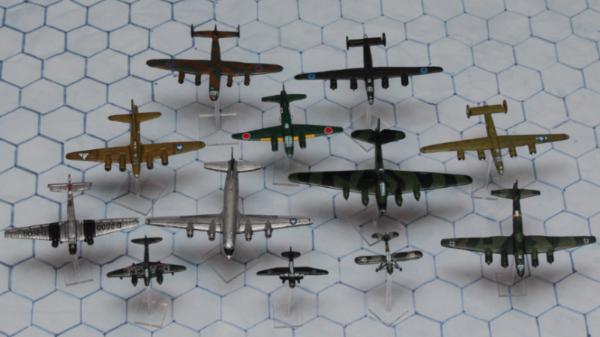
In a war where for the first time people could be transported through the skies to almost anywhere in the world the various aircraft that made that possible through either choice or necessity make for an interesting study. Well I think so at least.
NOTE: Some of the planes so used were cutting edge prototypes or specially modified to purpose and wouldn't have had all the turrets and other fixtures of later regular service aircraft. I've chosen not to file these off or dramatically alter window layouts on these miniatures so please forgive such inaccuracies as we go along. So with that said lets look at the planes.
The first V.I.P. I wanted to look at had to be Churchill, who as you can imagine had much cause to travel around the world. I couldn't get miniatures for his earlier flights but I could get one for this.
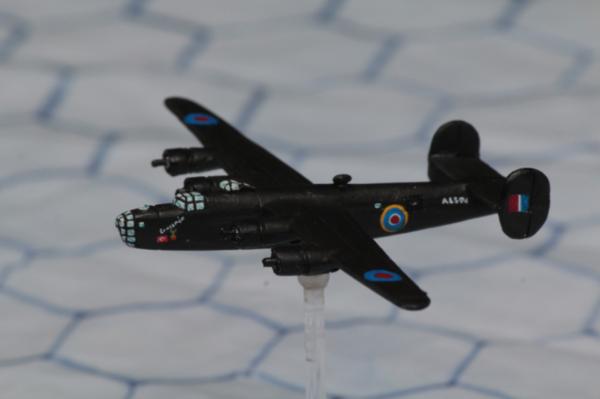
In August 1942 American pilot Captain Vanderkloot ,the best in the business flew Churchill and his staff in a specially converted Long range B-24 Liberator cargo transporter -AL504 named "Commando". They went first to Cairo to put Monty in charge in North Africa and then on to Moscow to meet with Stalin.

It wasn't exactly a comfortable ride. The bomb bay was sealed shut and the interior fitted with a makeshift cabin of seats and a bed for the main man. The whole thing was painted black (proper stealth technology that) for the overnight flights and any info on the flight plan was strictly top secret.

Churchill's second and last trip on "Commando" was to the 1943 Casablanca Conference. (A little more on what he saw when he got there later)
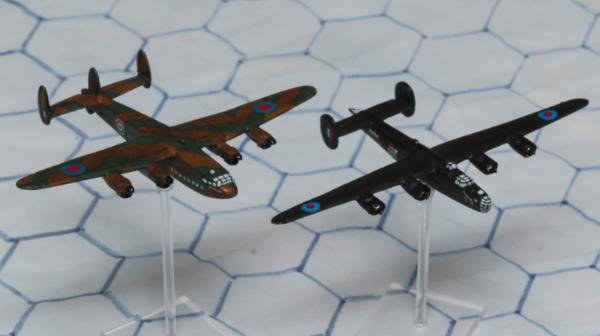
In May 1943, seeing the need for a permanent (and altogether more suitable, altogether more British) dedicated VIP transport aircraft the air ministry commissioned Avro York C Mark I LV633 for use by King George VI and the Prime Minister. Named "Ascalon" by 24 Squadron's Commanding Officer, LV633 joined the King's Flight, operating from Hendon Middlesex.
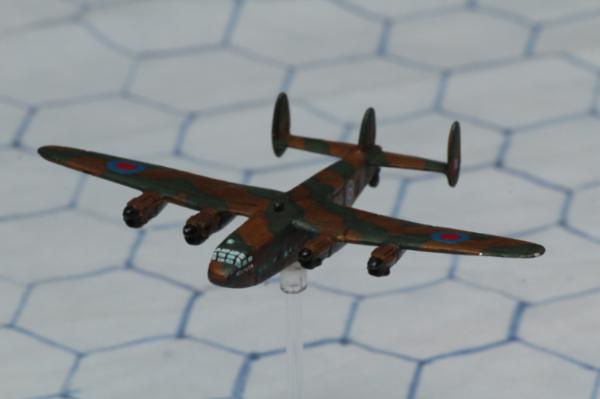
In August 1944, with Vanderkroot again at the controls Ascalon bore the travelling PM in some greater amount of comfort this time (he did turn 70 in this year after all) to Algiers, Naples, Moscow, Cairo, Turkey and the Black Sea, cigar in hand all the way there and back, no doubt.
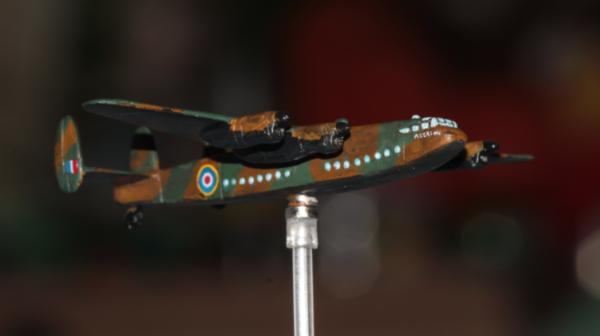
Ascalon also conveyed King George VI on some of his longest Royal flights visiting Tripoli in June 1943 and Naples in July-August 1944.

Douglas VC-54C Skymaster Aka “Sacred Cow” President Roosevelt.
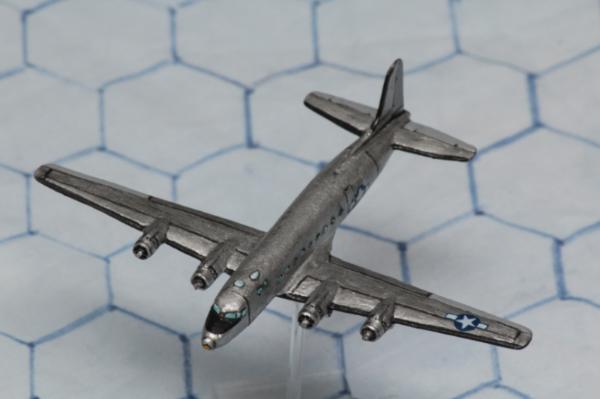
The first purpose-built presidential air transport the forerunner to the modern day "Airforce One" was this Douglas Skymaster, officially the "Flying Whitehouse" but more commonly referred to as "the Sacred Cow", a nod to the high security and special status surrounding the plane.
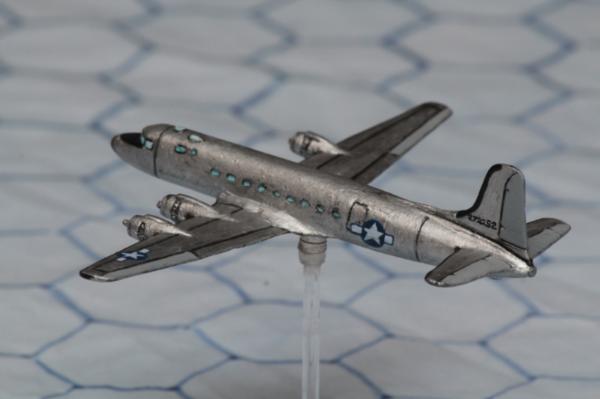
Presidential luxuries on board included an executive conference room with a large desk and a rectangular bulletproof window. A private presidential privy and a fold down bed concealed behind the sofa. And even a galley kitchen with an electric fridge! A battery-powered wheelchair lift was installed at the rear to allow the President to board the aircraft more easily.
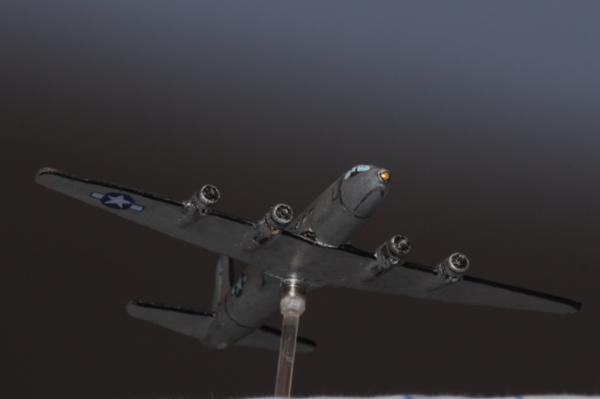
The Sacred Cow represented the very bleeding edge of modernity in the air. When Churchill first encountered the C-54 of the American delegation in Casablanca he was green with envy. (He was still flying Commando!)
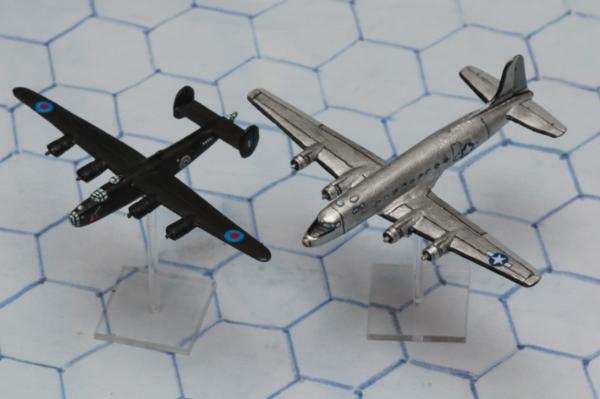
Of course he had to have one too, in the interest of maintaining the dignity and prestige of Britain you understand. In November 1944 he got his wish and for the Yalta conference in Feb 45 both Skymasters were parked up side by side at Saki airport and guarded by the Red Army.
But what about Uncle Joe, I hear you cry.
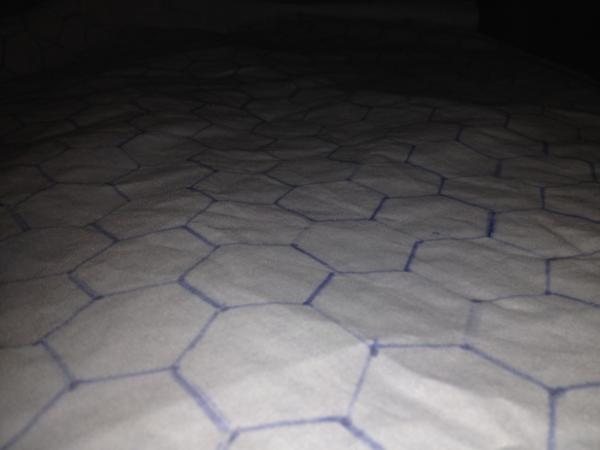
Well he didn't fly so that's that.
Ok only joking, I'll drop another picture of my Soviet Pe-8 (that ain't no bourgeois party wagon)
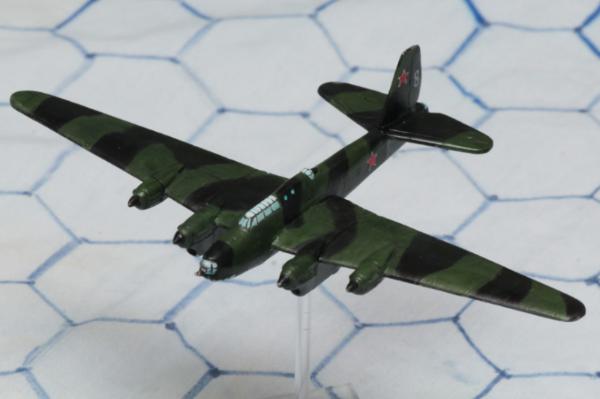
It is painted up as the aircraft that carried Soviet Foreign Minister Molotov and his delegation from Moscow to London and then to Washington, D.C. and back, for negotiations to open a second front against Nazi Germany (19 May–13 June 1942). The flight crossed German-controlled airspace on the return trip without incident.
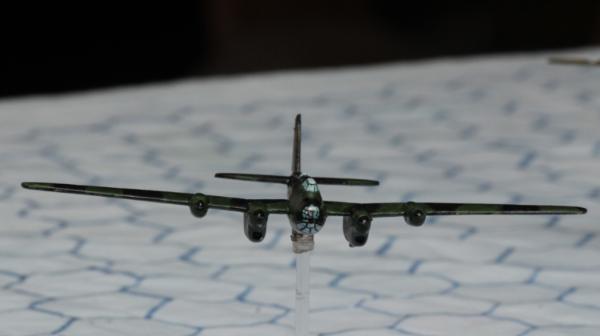
Stalin evidently didn't mind sending his underlings on dangerous air journeys. Stalin himself preferred to stay on the ground inside 83tons of armoured rail carriage.
Ok, so on to some Axis VIP's.
Ju52 Lufthansa airliner Immelmann D-2600
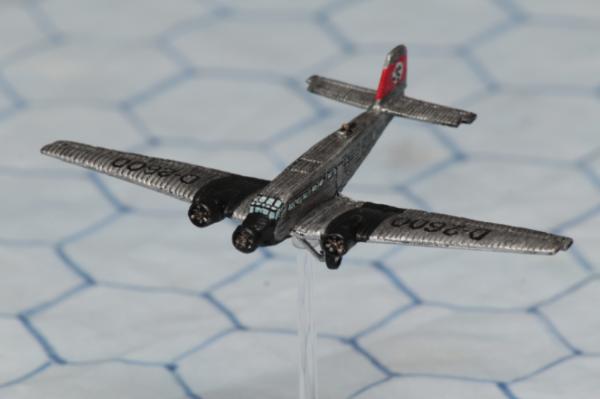
This is possibly the most Nazi-lookin' plane in my collection, it's Hitler's own personal ride courtesy of Germany's premier airline Deutsche Lufthansa, who in 1933 gave him this classic three engined Junkers Ju52 by the name of Immelmann II (after WW1 ace Max Immelmann)
As Chancellor of Germany Hitler travelled extensively by air and had his own fleet of aircraft based in Berlin many of them Ju52s.
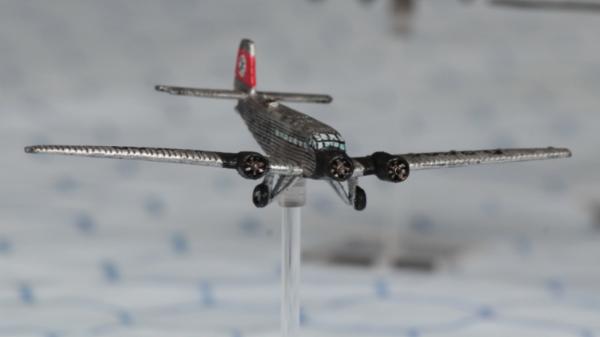
The Ju52, known as 'Tante Ju' (Aunt Ju) or 'Iron Annie' was a mainstay of the Lufwaffe. A rugged and reliable trimotor medium bomber from the Spanish Civil War the old Ju52 remained in service throughout the Second World War as one of the Luftwaffe's most common transport aircraft for both personnel and cargo as well as mine-sweeping, glider towing and paratroop drops, though it was horribly vulnerable to more modern fighters and anti-aircraft fire. (I didn't file the defensive weapons off as I intend to repaint this miniature some day for another project but Immelmann II was a civilian airliner and so wouldn't have had them) (I might add that Chiang Kai-shek's personal transport was also a Ju52 commandeered from Eurasia Airlines)
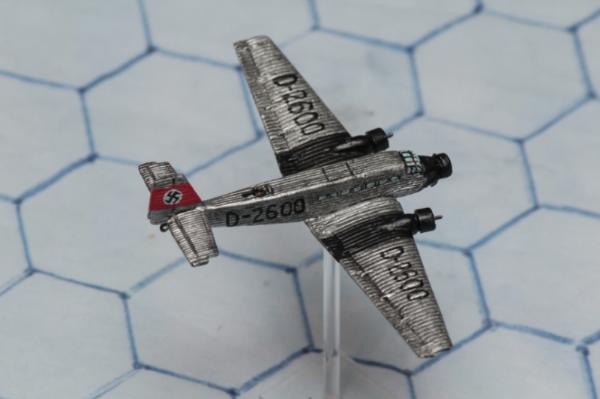
Hitler's personal pilot was a man named Hans Baur. Baur had been his pilot during his election campaign and continued to be on into the war. He was given a high ranking SS commission and tasked with building and maintaining Hitlers personal air fleet. In 1939 he suggested an upgrade, switching the old Iron Annie for a shinny new four engines Focke-Wulf FW200C Condor, imaginatively named Immelmann III.
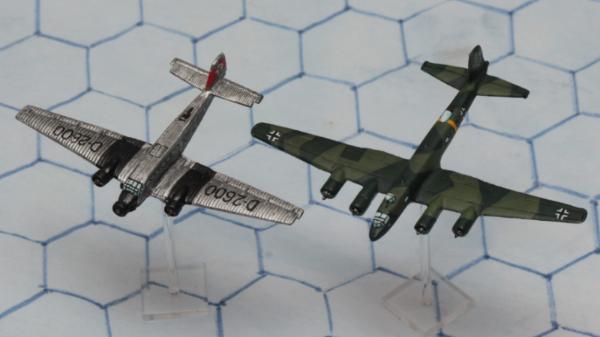
It was kited out with an armoured seat for der Fuhrer and his own automatic parachute. (Which Baur said was never armed) It was faster and had a much longer range than his old ride, unsurprising as the Fw 200 was originally designed as a transatlantic airliner.
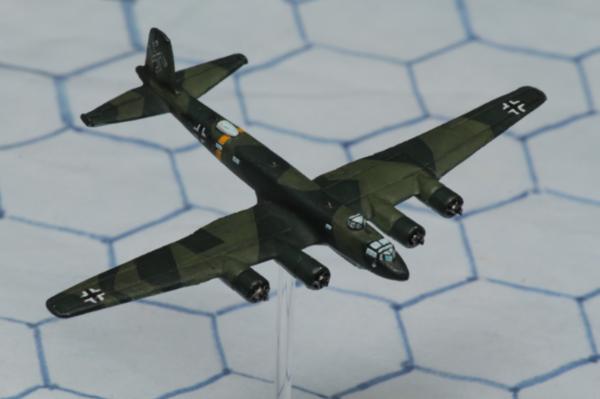
The Condor was pressed into military service as a maritime patrol aircraft and fitted out with defensive weapons, radios and radar equipment. All the extra weight was a bit much for the slim sleek airliner and they were fitted with a heavier undercarriage to take the load but the overloaded Condors had a bad tendency to break their backs on heavy landings.

German Foreign Minister, Joachim von Ribbentrop also flew by Condor to Moscow in 1939 to negotiate the Treaty of Non-Aggression between Germany and the Soviet Union. That was another civilian marked airliner though (silver and black like the Ju52) and again I intend to re-do this Fw200 as a standard maritime patrol plane, so I didn't file off any weapon turrets that neither Hitler's nor Ribbentrop's rides would have toted.
Mitsubishi G4M 'Betty' Admiral Yamamoto
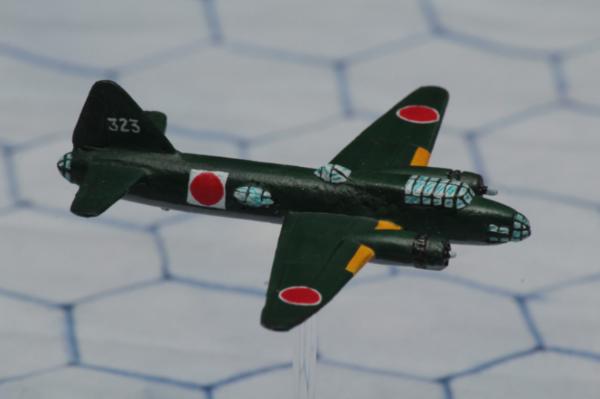
When U.S. Naval Intelligence intercepted the travel plans of Imperial Japanese Navy Admiral Isokoru Yamamoto the chance to "Get Yamamoto" was too good to miss. He was planning an inspection visit of Japanese bases in the upper Solomon Islands to boost morale but when his plane arrived at Balalae Airfield, on an island near Bougainville a squadron of Army Airforce P-38 Lightning's were ready to pounce.
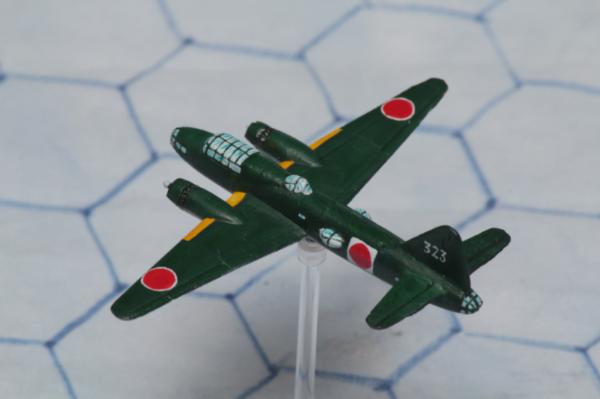
Having flown a 600 mile approach at wave top level avoiding radar and Japanese controlled airspace the attack had been maticulously planned and executed with exacting navigational skill by the pilots of Squadron 339 who arrived bang on time just as the Admiral's convoy were coming in to land.
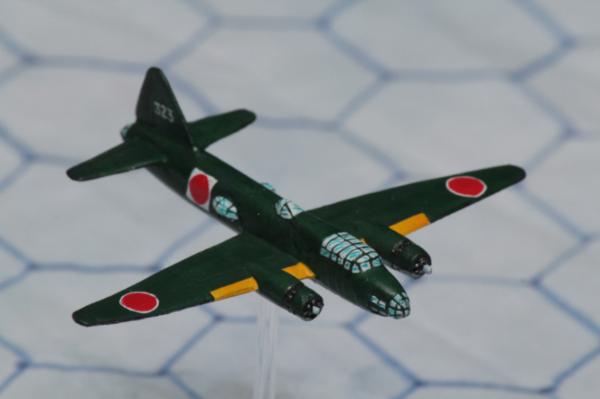
Lt. Rex T. Barber peeled off and engaged the first "Betty" taking out an engine and the smoking bomber plunged into the jungle below. 'Operation Vengeance' had beaten astonishing odds to come out a success, Admiral Yamamoto, the architect of the attack on Pearl Harbour was dead. See, this is why Stalin didn't fly!
Well that's world leaders, royals and politicians and the like for a little bit, but I'm not done yet, lets take a look at some royalty of a different sort, Hollywood royalty!
B-17E Flying Fortress "The Duchess" Air gunner Clark Gable
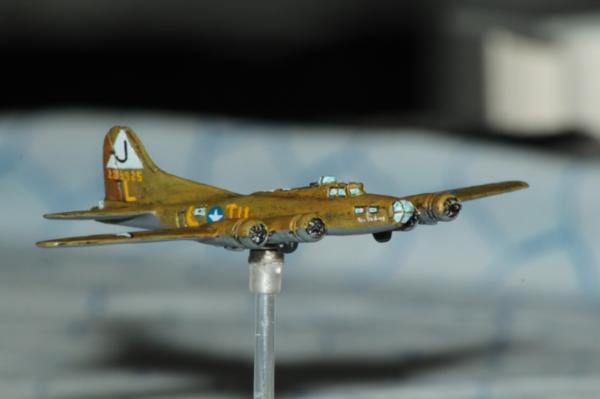
When Hollywood superstar Carole Lombard died in a tragic plane crash following her hugely successful war-bonds drive her husband, Clark Gable was devastated.
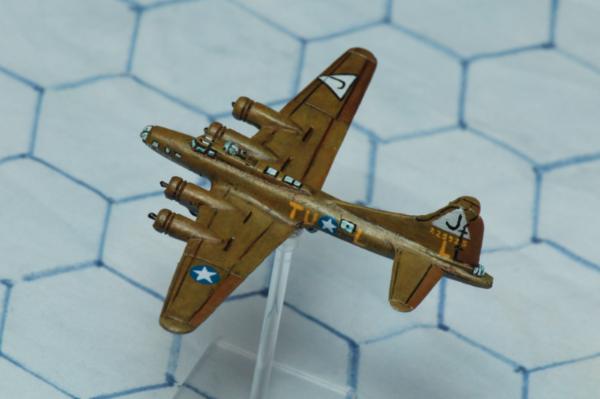
To honour her memory Gable enlisted in the airforce graduated OCS receiving a commission as a Second Lieutenant and was immediately given a special assignment by Henry H "Hap" Arnold. Gable would head a film crew, filming in combat with the Eighth Air Force then operating out of England to make a recruitment film about aerial gunners.

Gable's fifth and final combat mission flown out of RAF Polebrooke was aboard "The Duchess" leading the 351st in a raid on the Nantes port area in France in September 1943. Gable manned the nose gun during the raid where despite a lot of damage from enemy fighters and flack all the bombers managed to return to England. Gable and his film crew returned to Hollywood and completed the production of "Combat America" as a tribute to the airforce who by that time had plenty of gunners already.

and Gable wasn't the only Hollywood star to swap the big screen for a big plane.
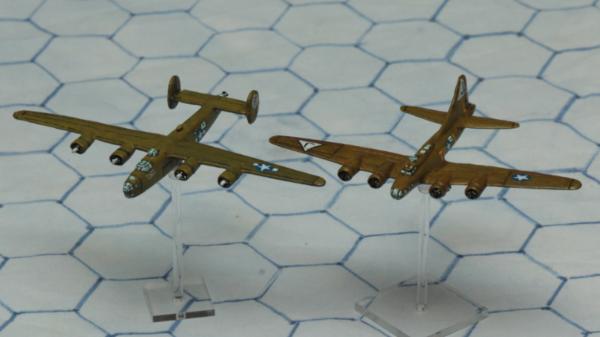
B-24D Liberator (Jimmy Stewart) Nine Yanks and a Jerk
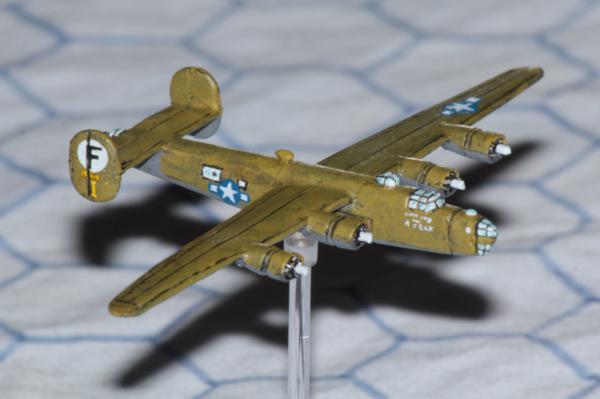
Jimmy Stewart, although a big name in the movies was already an accomplished commercial pilot when the war began. His family having a proud military heritage, naturally Stewart's first instinct was to sigh up with the USAAF.
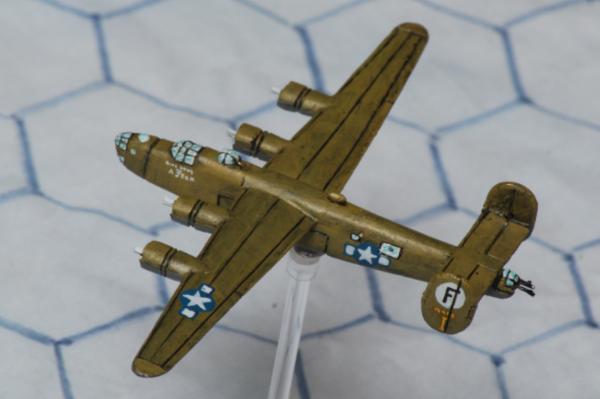
Hap Arnold wanted to keep the movie star stateside as a training instructor to be available for public appearances and recruitment drives but Stewart was keen to avoid that particular dead end and wanted to serve in a real combat role. He eventually got his chance and shipped out to command 445th Bombardment Group in action over Germany.
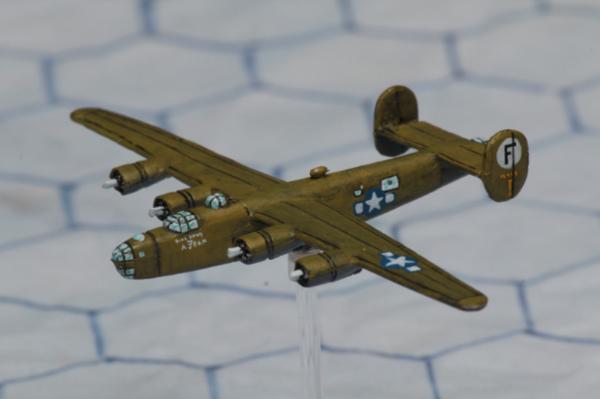
This B-24 Liberator "Nine Yanks and a Jerk" (if you don't know why that's funny I'll explain when you're old enough) was one of those flown by Commander Stewart leading 703rd BS. He would fly 20 credited combat sorties and many more uncredited as his distinguished career saw him progress from private to colonel in only four years with numerous medals. His airforce service continued long after the Second World War ended retiring as a Brigadier General in 1968.
Now, on to those perhaps more strategically important people.
BOAC Mosquito
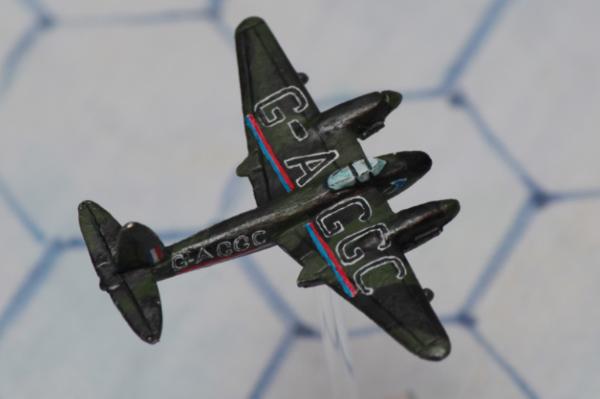
When you absolutely positively have to evacuate the world's leading Nuclear-Physicist out of Stockholm there's really only one option. Enter B.O.A.C. whose private airline ran all sorts of commercial and occasionally clandestine flights into Britain out of neutral Sweden.

Niels Bohr was stowed aboard this modified B.O.A.C. Mosquito in an improvised cabin in the bomb bay where a single passenger could lie prone for the duration of the flight over the North Sea.

Bohr was provided with an Oxygen mask but when pilot Gilbert Rae and radio operator James Payne couldn't get a response from him they surmised that Bohr had passed out from lack of Oxygen and so dropped to a lower altitude. When asked about his flight Bohr said he'd slept like a baby. Bohr joined the Manhattan Project and as they say, the rest is history.
Westland Lysander pilot Peter Vaughan-Fowler

That was sneaking the VIP out but what about getting one in? Well, when you've got a special agent who needs to get into enemy occupied France in the dead of night the man you want on the job is the undisputed king of the midnight Spy-Taxi run, Peter Vaughn-Fowler.
The Westland Lysander was originally intended as a STOL (Short Take Off & Landing) capable supply mule for the army but during early operations in France it was found to be far too slow and vulnerable to enemy fighters to operate anywhere near the front lines in that role. It was however the perfect plane for insertion and extraction of special agents behind enemy lines at night, a spy taxi.

Flying at treetop level with a map on his lap and only the moonlit shadows to navigate by Vaughn-Fowler could put his Lysander down on a field that most other pilots would consider not much bigger than a postage stamp.
This kind of risky solo flying mission required needle-in-a-haystack navigation skills, some serious piloting chops and nerves of steel. Not only was a huge proportion of the mission flown over enemy lines but every mission was flying right into the teeth of the potentially lethal world of espionage and resistance movements where the standing order was execution for anyone caught in the act or suspected of spying.
If however your deep extraction just happens to include a deposed dictator in a mountaintop hotel your best bet (along with some fairly shady political dealing) might be this nippy little number. The Fieseler Fi 156 Storch.

The "daring rescue" of Benito Mussolini was made possible by the extreme STOL characteristics of the Feiseler Storch. With some serious hydraulic suspension the lanky landing gear took on about 350ft of boulder strewn Gran Sasso mountainside which was all it required to set down, collect Il ex-Duce and whisk him away.

Plenty of footage of the raid was shot for posterity, and the Axis newsreels of course. In fact that was about all that was shot, as the whole thing was a done deal before the armed paratroopers even arrived and ordered the Italian guards to surrender. Still, it's one thing to make a shady political deal and quite another to put together the skills, resources and specialist aircraft to pull it off.

Well that's all for now folks. What a mission that was! Took a bit longer than anticipated but I had a blast researching and painting this lot. Hope you all enjoyed them and do chime in with your thoughts, but for now as always, thanks for visiting the gallery.